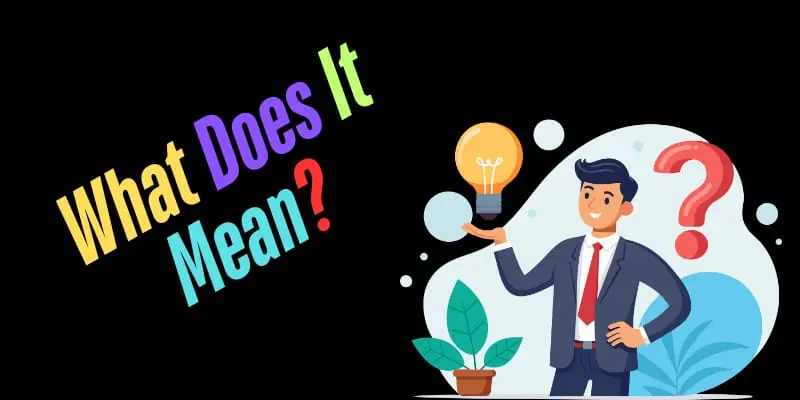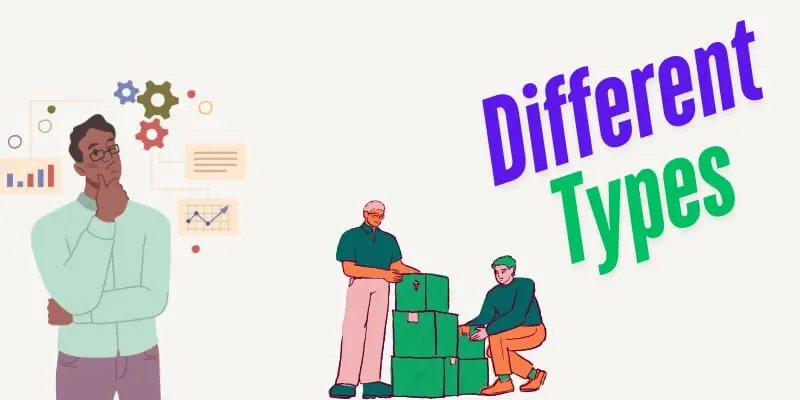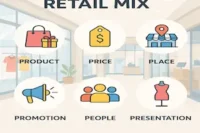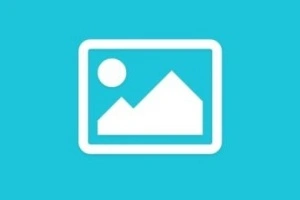What Is a Planogram In Retail? A Key to Maximizing Sales.
Published: 21 Feb 2025
What Is a Planogram In Retail?
A planogram in retail, also known as POGs, Plano-grams, plan-o-grams, or schematics, is a detailed layout or visual diagram of a store that shows where products should be placed on shelves.
You can consider it like a map that helps people find in which section which products can be found.
When a retail store is newly started, a merchandiser or an expert planogrammer creates a handmade graph that shows where and which products should be kept to make it easier for customers to find and grab them.

You might have experienced this when you go to a big store.
You see different categories of products, like electronics, groceries, or clothing.
These categories are further grouped with specific products, such as:
- Well-known brands in the first few boxes or at eye level.
- Budget-friendly products in the lower boxes or less prominent spots.
For example, in a supermarket, you’ll find popular cereal brands at eye level, while store-brand cereals are placed on lower shelves.
Due to this grouping, we feel how easier it is to grab products in physical stores right?
This strategic arrangement is all thanks to a planogram, which was first created by hand as a plan and then implemented.
Planograms also help stores:
- To use every inch of their shelf efficiently, no wasted space means more products can be displayed.
- To boost sales popular and high-margin items are placed where customers are most likely to see them.
- To improve customer experience by making it easier for customers to find products.
- It also helps merchandisers to manage inventory better. They can track which products are selling fast and which need restocking.
In short, a planogram is a smart tool in the shape of a diagram that keeps stores organized, customers happy, and sales growing.
Different Types of Planograms.

There are different types of planograms depending on product grouping style and type of store.
Here are some common types of planograms.
- Block Product Placement: Products are grouped in blocks by brand or category. For example a soda aisle groups all Coca-Cola products in one block and Pepsi products in another, keeping the aisle organized.
- Product Placement Based on Margin: as the name defines, high-margin products are placed in prime spots. And less profitable products at another block or box.
- Market Share Planogram: Products are arranged based on popularity. Popular products at eye level and less popular ones at another area.
- Digital Planogram: A digital Planogram created using software. Planogrammers may create this diagram using an app to design a layout for the holiday decorations section, making updates quick and easy.
- Shelf Display Planogram: Focuses on arranging products on individual shelves. For example, a grocery store places small spice jars at the front of the shelf and larger cooking oils at the back for a tidy display.
- Macrospace Planogram: Plans the overall store layout. Example: A supermarket places the bakery near the entrance, the dairy section at the back, and the checkout counters near the exit for a smooth shopping flow.
- Vertical Product Placement: Products are arranged vertically on shelves.
- Horizontal Product Placement: Products are arranged side by side.
- Retail Planogram: A general term for any planogram used in retail, like a gift shop that arranges candles, cards, and toys in separate sections so customers can find what they need easily.
Does Every Store Require a Planogram?
Not every store needs a planogram, but most can benefit from one.
Large retail stores, chain stores, and those with high product turnover or seasonal items often rely on planograms to stay organized and boost sales.
For example, supermarkets use planograms to arrange
- Fruits
- Vegetables
- And dairy in separate sections,
While clothing chains ensure consistent displays across locations.
On the other hand, very small stores, those selling unique or handmade items, or stores with flexible layouts (like pop-up shops) may not need a formal planogram.
However, even small stores can benefit from a basic planogram to keep shelves tidy, highlight popular items, and save time on restocking.
How to Create a Planogram for Your Store?
Creating a planogram for your store can be done in different ways, depending on your budget, time, and expertise.
Here are some methods to help you get started:
Hire a Professional Planogrammer
Hiring a professional planogrammer is a quick and time-saving way to create a planogram for your store.
These experts have years of experience so they can design the best planogram, ensuring your store layout is optimized for both sales and customer flow.
They can handle complex layouts and provide insights you might not consider.
But this method can be expensive as compared to doing it yourself.
Use Planogram Software
Using planogram software is a cost-effective and flexible way to design POGs.
You can find both software free and paid.
However, some of them offer free trials also.
DotActiv offers a free planogram editing solution with a limit of 40 products only.
Some of the other planogram editor software are,
Do It Yourself (DIY)
Creating a planogram yourself is a budget-friendly option, especially for small stores.
You can use simple tools like graph paper, Google Docs, and even Photoshop.
Most of the time, these tools have already existing downloadable planogram templates.
However, you can also learn from YouTube how to design planograms for free.
Hey! My Champs.
So, in this article,, we have covered “what is the meaning of planogram” in detail.
We’ve discussed everything about it, from its definition to what benefits it offers, its types, how to create it, and whether every store requires a planogram.
Now you know everything about planograms including how to read and use them effectively.
With this knowledge, you can confidently implement planograms in your retail space to improve product placement, maximize sales, and enhance the overall shopping experience.
Keep learning, keep growing, and stay tuned for more insights!
Thank you & Good Luck 🤞🤞
Have More Queries?
Some questions people ask about planograms.
What is a planogram in simple terms?
A planogram is a visual diagram that shows how products should be placed on shelves in a store. It helps organize items for better visibility and easier shopping. Think of it as a roadmap for arranging products to boost sales.
Why are planograms important in retail?
Planograms improve product placement, making it easier for customers to find what they need. They also help retailers optimize shelf space and increase sales. A well-planned display can attract more buyers and improve the shopping experience.
Do all stores need a planogram?
Not every store requires a planogram, but most retail stores benefit from it. Stores with many products or high foot traffic often need it to stay organized. Smaller stores can use simpler layouts instead.
What are the types of planograms?
The most common types are block, horizontal, and vertical planograms. Block displays group similar products together, while horizontal and vertical layouts organize items in rows or columns. Each type has unique benefits depending on the store’s goals.
Can I use software to make planograms?
Yes, planogram software like Shelf Logic or SmartDraw can simplify the process. These tools provide templates and drag-and-drop features for easy design. They also help analyze how your layout can improve sales.
What happens if I don’t follow a planogram?
Without a planogram, product placement can become disorganized, making it harder for customers to shop. Sales may decrease because products aren’t placed strategically. It can also lead to wasted shelf space.
How do I read a planogram?
Reading a planogram involves looking at the diagram to understand where each product should go. It often includes labels, measurements, and shelf details for accurate placement. Follow the instructions step by step to set up the display.
What are the benefits of using a planogram?
Planograms help maximize shelf space, attract customers, and boost sales. They make inventory management easier and improve product visibility. In short, they create a more efficient and appealing store layout.
Can small businesses use planograms?
Yes, small businesses can use simple planograms to organize their stores better. Even a basic layout can help arrange products logically and attract more customers. It doesn’t have to be complex—just focus on what works for your store.

- Be Respectful
- Stay Relevant
- Stay Positive
- True Feedback
- Encourage Discussion
- Avoid Spamming
- No Fake News
- Don't Copy-Paste
- No Personal Attacks



- Be Respectful
- Stay Relevant
- Stay Positive
- True Feedback
- Encourage Discussion
- Avoid Spamming
- No Fake News
- Don't Copy-Paste
- No Personal Attacks




